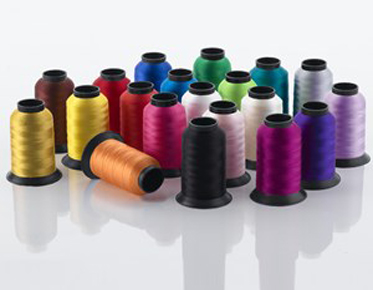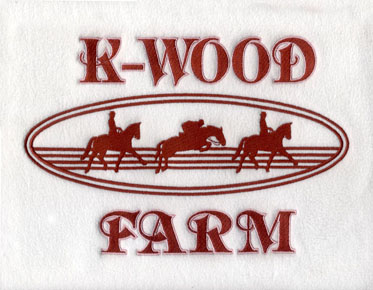Techniques and Tips from Eagle Digitizing for Hooping Fabrics Successfully
Embroidery digitizing companies
rely on fabric hooping for machine embroidery to produce high-quality
embroidery designs. However, hooping fabrics can be challenging, especially for
beginners. Poor hooping can result in uneven embroidery, puckering, or even
damage to the fabric. In this blog post, we'll discuss how to hoop fabrics for
machine embroidery, the importance of proper hooping, and some tips and tricks
to make your hooping easier and more effective.
Importance of Proper Hooping
Proper hooping is essential for successful machine embroidery. When hooping the fabric, it should be taut and stable in the hoop, with no wrinkles or slack. Hooping ensures that the fabric is held securely in place, preventing any shifting or movement during the embroidery process. This is particularly important when working with delicate fabrics that are prone to slipping or stretching. Proper hooping also ensures that the design is embroidered accurately and consistently across the entire fabric surface.
Choosing the Right Hoop
The first step in hooping fabric for machine embroidery is selecting the right hoop for the job. Embroidery hoops come in a variety of sizes and shapes, including round, square, and rectangular. The size of the hoop will depend on the size of the design you want to embroider. It's essential to choose a hoop that is slightly larger than the design to allow for adequate stabilization and prevent the fabric from pulling or distorting.
There are also different types of hoops, including traditional plastic hoops, magnetic hoops, and clamp-style hoops. Traditional plastic hoops are the most common and come in a variety of sizes. Magnetic hoops use strong magnets to hold the fabric in place, while clamp-style hoops use a clamp mechanism to secure the fabric. The type of hoop you choose will depend on personal preference and the fabric you're working with.
Preparing the Fabric
Before hooping the fabric, it's important to prepare it properly. First, the fabric should be cut to the desired size and shape. Next, it should be stabilized with a backing material to prevent puckering or distortion during embroidery. The type of stabilizer used will depend on the fabric being embroidered and the design being stitched. For example, lightweight fabrics like silk or organza may require a lightweight stabilizer, while heavier fabrics like denim or canvas may require a heavier stabilizer.
Once the fabric is cut and stabilized, it should be pressed to remove any wrinkles or creases. This ensures that the fabric is smooth and flat, making it easier to hoop.
Hooping the Fabric
Now it's time to hoop the fabric. The first step is to loosen the hoop screw and separate the two pieces of the hoop. The inner hoop should be placed on a flat surface, with the fabric centered over it. The outer hoop should be placed over the fabric, making sure that the fabric is taut and evenly stretched. The screw should be tightened to secure the fabric in place.
When hooping, it's essential to make sure that the fabric is not too tight or too loose. If the fabric is too tight, it may cause the embroidery design to pucker or warp. If the fabric is too loose, it may cause the design to shift or move during embroidery.
Tips and Tricks for Hooping
Here are some tips and tricks for hooping fabrics for machine embroidery:
1.Use a hooping aid: Hooping aids, like the HoopMaster, can make hooping easier and more accurate. They help ensure that the fabric is hooped evenly and tautly, reducing the risk of puckering or distortion.
2.Use a fabric pen: Marking the
fabric with a fabric pen can help ensure that the design is centered and
aligned correctly before hooping.
3.Use a hoop template: Some embroidery machines come with hoop templates that show the exact size and shape of the hoop
In conclusion, proper hooping is crucial to the success of machine embroidery. Choosing the right hoop type and size, preparing the fabric, and using appropriate stabilizers are all key steps to achieving high-quality machine embroidery. By using the techniques and tips outlined in this article, you can easily hoop fabrics for machine embroidery and ensure that your designs are accurately embroidered onto the fabric. We hope that this article has been helpful to you and brings you more success and creativity on your machine embroidery journey!


